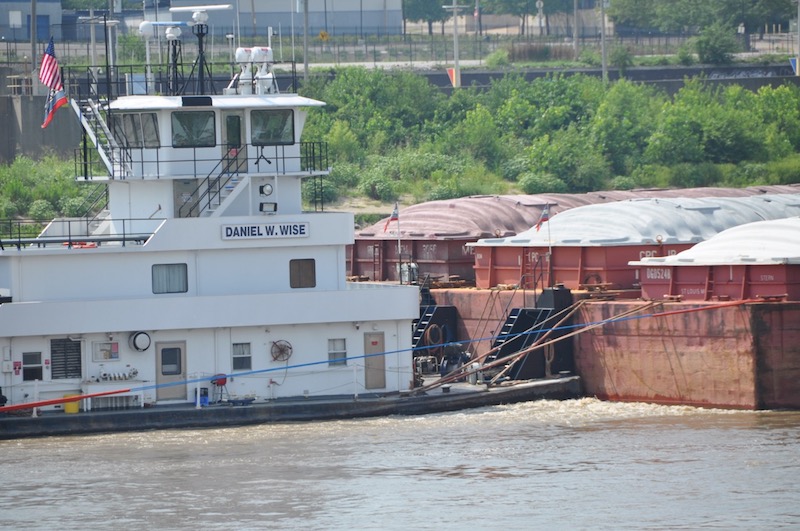More than 10 years in the making, 46 CFR — Subchapter M, is finally here.
Getting to the final rule for Subchapter M in June 2016 took a Herculean effort on the part of many. The Coast Guard was handed an unenviable task of solving a puzzle with an almost infinite number of pieces. And here’s the kicker — no one had ever put the puzzle together in the history of the industry. No one had to until the Maritime Transportation Act of 2004, when Congress dumped the pieces onto a table and left the room.
As I mentioned, the final rule (https://www. gpo.gov/fdsys/pkg/FR-2016-06-20/ pdf/2016-12857.pdf) was published in June 2016. It affects some 6,000 vessels, experts say. The first deadline passed in July 2017. It said that towing vessels with keels laid or major conversions on or after that date are now required to meet Subchapter M and obtain a Certificate of Inspection (COI) prior to operating.
There are deadlines that reach out to 2022, but the big one is next summer, in July 2018. All vessels must be in compliance with Subchapter M requirements by then. Not all have to have COIs by then, but all must be in compliance. “You have to make sure you’re meeting the requirements by July 20, 2018,” said Jennifer Carpenter, executive vice president and COO, American Waterways Operators (AWO). “Industry is working hard to reach physical compliance by that date.”
Companies have or will shortly make the important decision to use either the Coast Guard or the Towing Safety Management System (TSMS) option (also called SMS) for inspection.
The Coast Guard has not assigned more people to Subchapter M inspection but has definitely shifted the focus of some of its staff members to it, according to Capt. Matt Edwards, the Guard’s chief of commercial vessel compliance.
How anxious should owners be about Subchapter M inspections? The bottom line is that a well-maintained vessel will survive a once-over from the Coast Guard.




